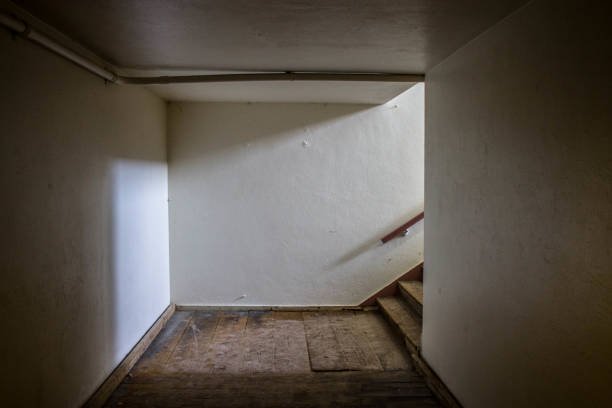Bowing basement walls can be a daunting issue for homeowners. This problem often signals more serious structural concerns and can lead to significant damage if not addressed promptly. Understanding the costs, contributing factors, and potential solutions is essential for anyone facing this challenge.
Understanding Bowing Basement Walls
Bowing walls are typically caused by excessive pressure from the surrounding soil. This pressure can arise due to various factors, including heavy rain, poor drainage, or even the weight of nearby structures. Over time, the wall material—commonly concrete or masonry—may start to warp, crack, or bow inward. Recognizing the signs early on is crucial for preventing more severe damage.
Factors Affecting the Cost to Fix Bowing Basement Walls
- Extent of Damage: The severity of the bowing plays a significant role in repair costs. Minor bowing might require simple reinforcement, while severe cases may necessitate more invasive solutions, such as underpinning or wall replacement.
- Type of Repair Method: Various methods exist for repairing bowing walls, each with different costs. Common techniques include:
- Wall Anchors: These involve installing anchors into the soil outside the foundation and attaching them to the bowing wall. This method is relatively cost-effective and less invasive.
- Carbon Fiber Strips: This method uses high-strength carbon fiber to reinforce the wall. It’s often quicker and requires less excavation but may not be suitable for severely bowed walls.
- Helical Piers: Used when the foundation is significantly compromised, helical piers are driven deep into the ground to stabilize the foundation. This method can be more expensive but is essential for severe cases.
- Wall Replacement: In extreme cases, replacing the bowing wall may be necessary. This is usually the most expensive option and involves substantial labor and material costs.
- Location and Accessibility: The geographical location of your home can impact costs. Areas prone to heavy rains or with clay-heavy soil may require more frequent repairs. Additionally, if access to the basement is limited, repair costs may increase due to the additional labor involved.
- Foundation Type: The type of foundation your home has also affects the cost. Homes with basements may require different repair techniques than those with crawl spaces. The complexity of the foundation structure can influence the overall expenses.
- Permits and Inspections: Depending on local regulations, you may need permits for certain types of repairs, which can add to your costs. Additionally, post-repair inspections may be required to ensure the integrity of the work done.

Average Costs to Fix Bowing Basement Walls
The cost to fix a bowing basement wall can vary widely based on the factors mentioned above. On average, homeowners can expect to pay anywhere from $1,500 to $10,000 or more for repairs. Here’s a rough breakdown of potential costs associated with various repair methods:
- Wall Anchors: $500 to $2,500 per wall
- Carbon Fiber Strips: $300 to $800 per wall
- Helical Piers: $1,000 to $3,000 each, with multiple piers required in severe cases
- Wall Replacement: $7,000 to $15,000 or more, depending on the extent of work needed
It’s essential to obtain multiple quotes from contractors to get an accurate estimate tailored to your specific situation.
Solutions for Repairing Bowing Basement Walls
Addressing bowing walls involves more than just repairing the damage; it also requires preventing future issues. Here are some effective solutions to consider:
- Improve Drainage: Poor drainage can exacerbate bowing walls. Installing or repairing gutters, downspouts, and drainage systems can help redirect water away from the foundation.
- Landscape Grading: Ensuring that the ground slopes away from your home can reduce water accumulation near the foundation. Proper grading helps to alleviate pressure on basement walls.
- Sump Pump Installation: If your basement frequently floods, a sump pump can help manage excess water. This can protect against further wall damage and maintain a dry environment.
- Regular Maintenance: Keeping an eye on your basement walls and the surrounding landscape can help catch potential issues early. Routine inspections can save you money and hassle in the long run.
- Professional Assessment: If you notice any signs of bowing, consult with a structural engineer or a foundation repair specialist. They can provide a comprehensive assessment and recommend appropriate solutions tailored to your home’s needs.
Repairing bowing basement walls is not a task to be taken lightly. Understanding the cost to fix bowing basement walls, the factors that contribute to the issue, and the available solutions is crucial for any homeowner. While the costs can be significant, addressing bowing walls promptly can protect your home’s value and prevent more severe damage down the line. Regular maintenance and preventative measures can also help keep your basement in good condition, ensuring peace of mind for years to come. If you suspect your basement walls are bowing, don’t hesitate to reach out to a professional for assistance. Taking action now can save you from more extensive repairs later.